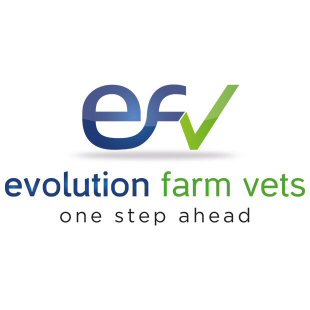The downer cow is a common presentation of a sick cow to the vet. The possible causes are many, and it can be a confusing diagnostic and prognostic task in order to give the correct treatment. The cow will have become recumbent for a reason - this is a primary downer cow. The primary causes of recumbency can be divided into 4 categories, and remembered with the mnemonic MINT:
- Metabolic
- hypocalcaemia
- hypokalaemia
- nutritional acidosis
- ketosis
- fatty liver disease
- Inflammatory
- Acute septic metritis
- Acute mastitis
- Acute peritonitis (eg. traumatic reticulitis/ruptured uterus)
- Neurological
- Obturator, sciatic or femoral nerve paralysis (eg calving paralysis is damage to L5/L6 outflow of obturator and sciatic)
- Traumatic
- fractured femur
- dislocated hip
- muscle, tendon or ligament rupture
The cow may be remaining recumbent for a different reason to why it became recumbent in the first place - this is a secondary downer cow. Many of the syndromes in secondary downer cows are avoidable, with careful nursing care of the down cow. There are a number of different processes in the progression to secondary downer cow:
- Compartment syndrome - mechanical constriction of the venous draining leads to ischaemic muscle and nerve necrosis.
- Crush syndrome - muscle breakdown releases myoglobin, which can cause renal failure, and potassium which can cause heart failure.
- Pressure neuropathy - pressure damages the peroneal/sciatic nerves
- Muscle/tendon rupture - eg gastrocnemius.
